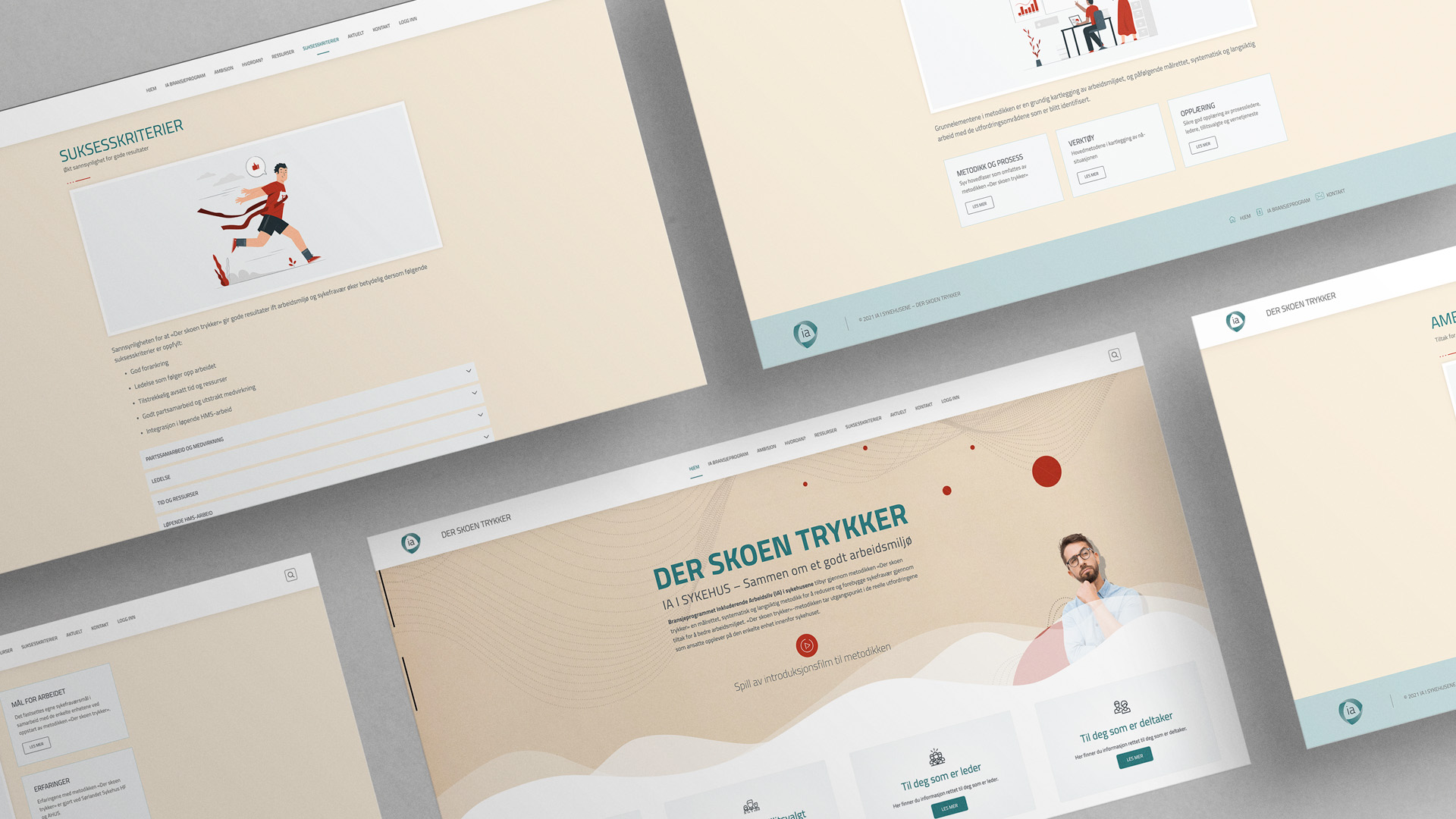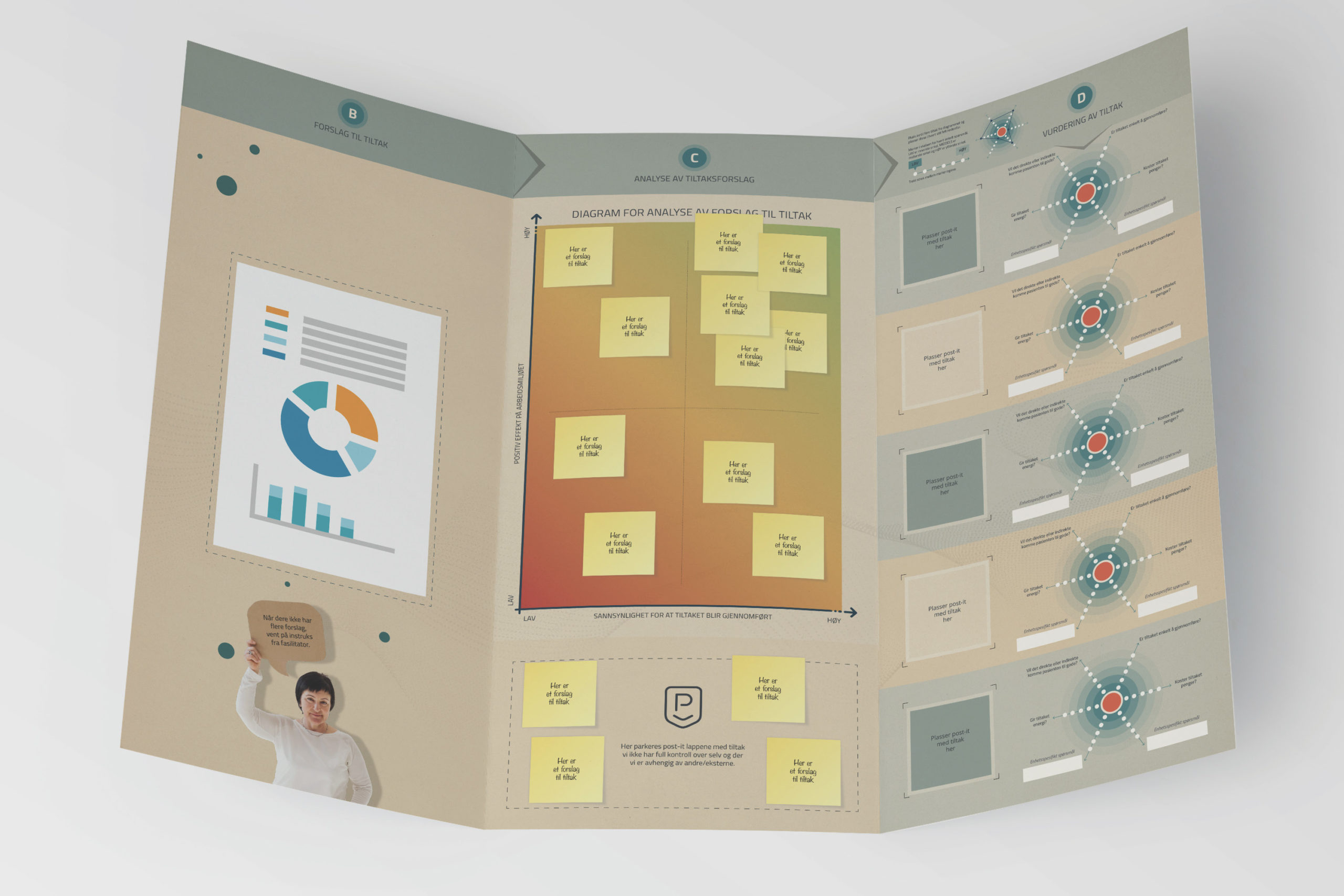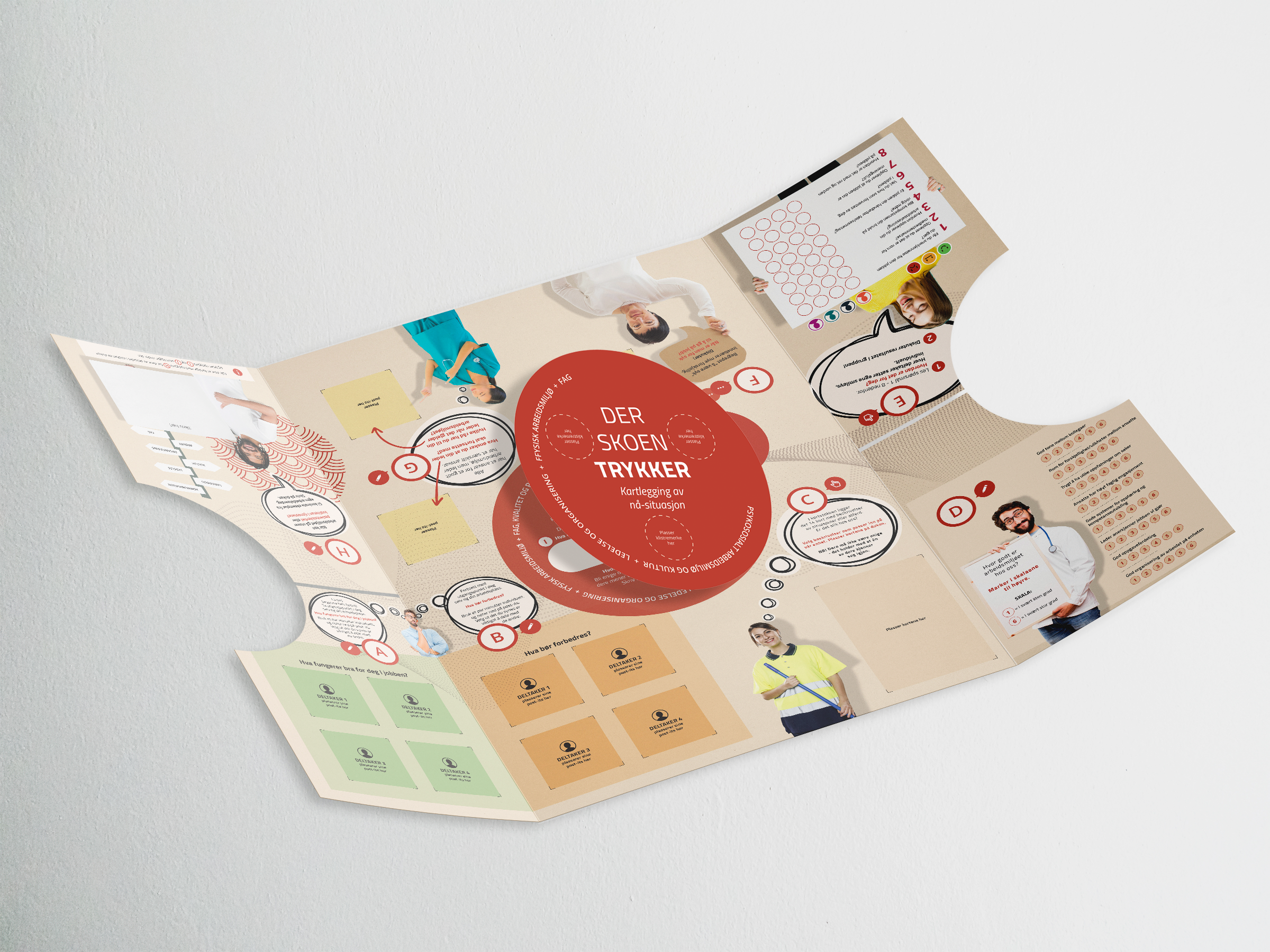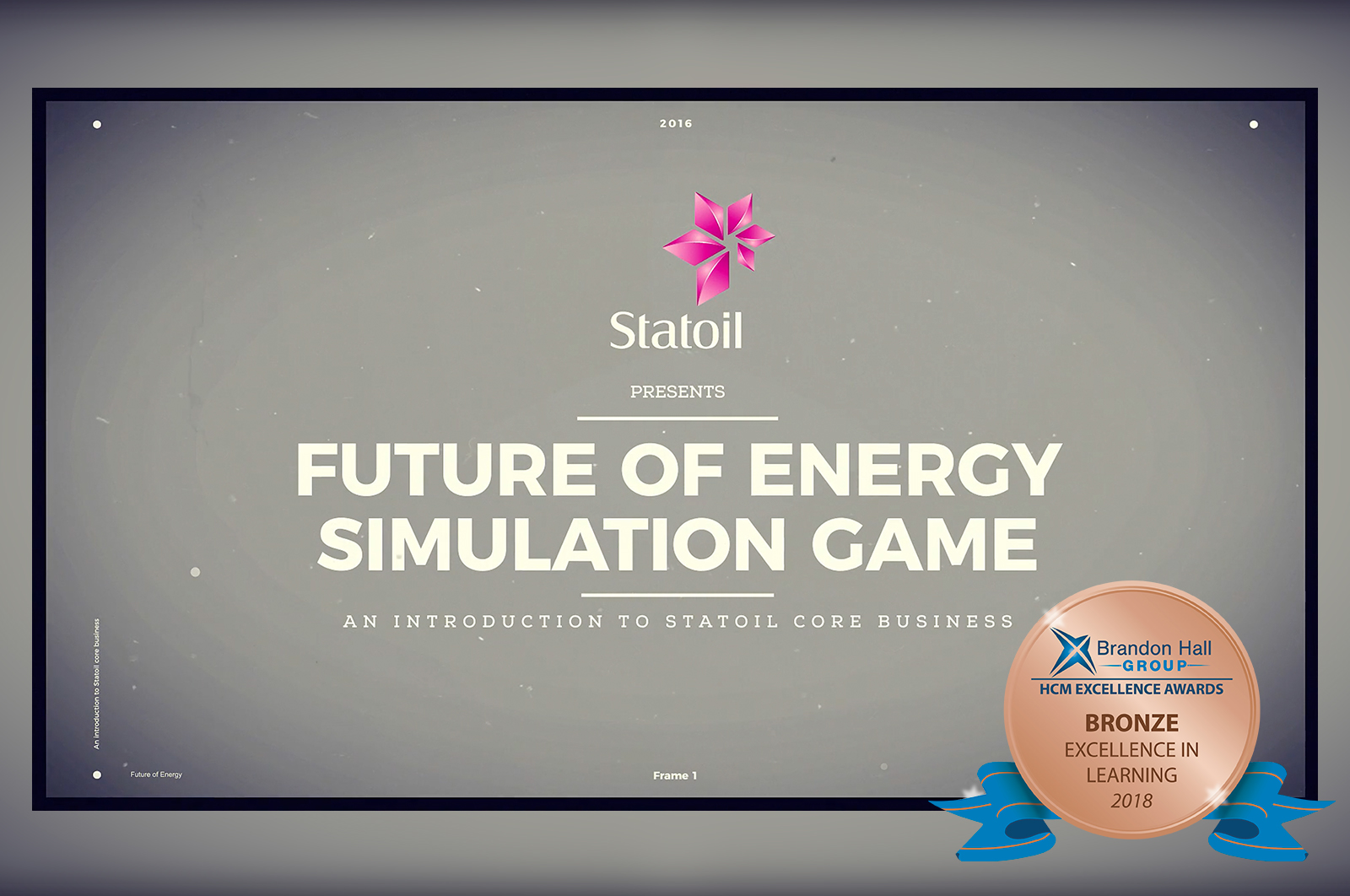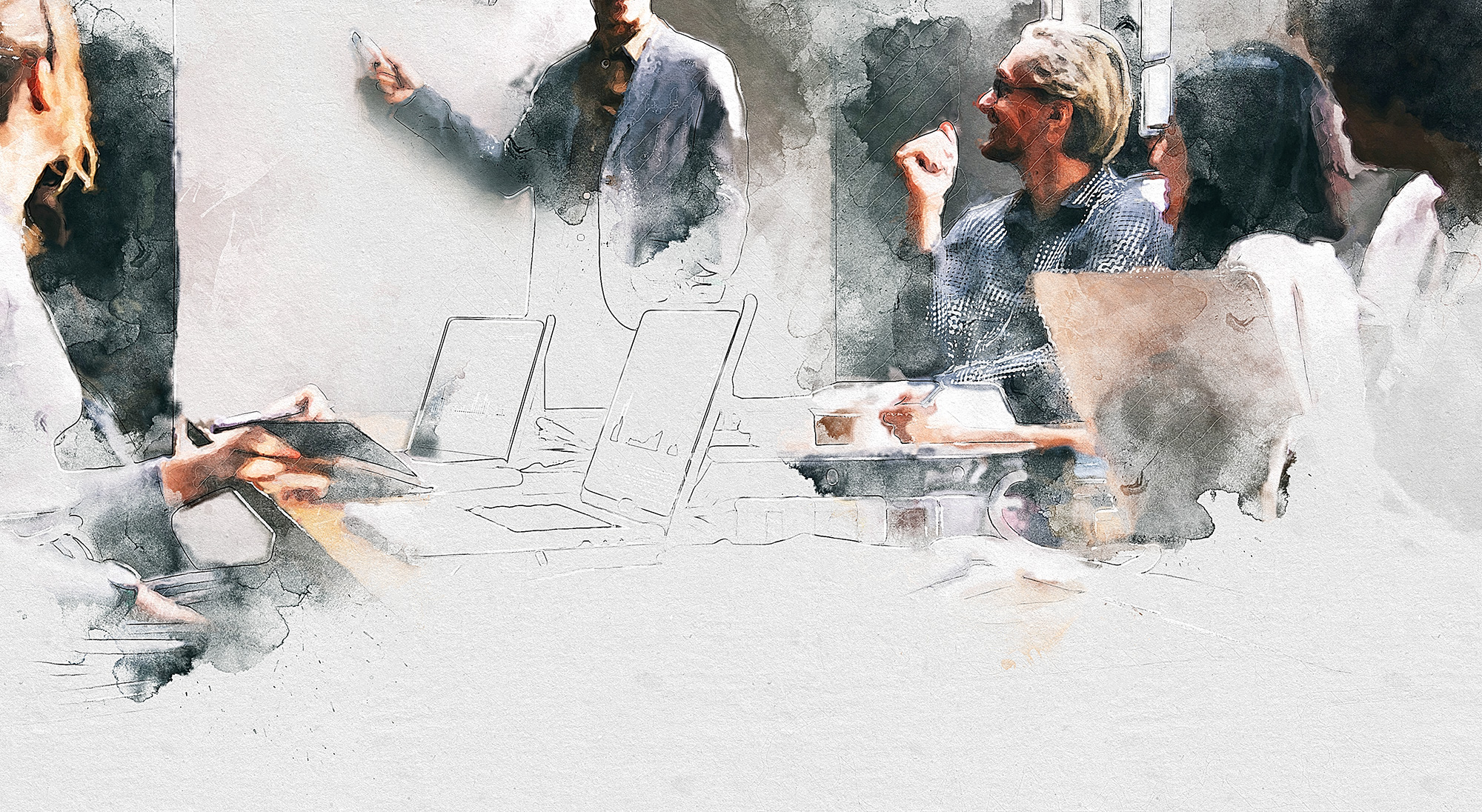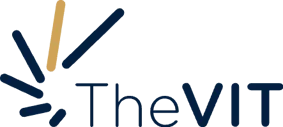Several hospitals across the country have adopted the methodologies of ‘Where it matters most’, ‘Early on and up-close’, and ‘Collaborating for Progress’.
In collaboration with the industry program IA in Hospitals, Specifique has developed tools, methods, and processes to support these three initiatives. These tools help hospitals improve the work environment, strengthen employee satisfaction, and reduce sick leave.
Collaboration deliver results
At the Clinic for Mental Health and Substance Abuse at Nordland Hospital, ‘Early on and Up-close‘ has yielded results. As one of six pilot sites, the clinic implemented the methodology and has experienced reduced sick leave, improved structure in everyday work, and stronger collaboration between management and personnel.
A key element in the initiative is the use of the dialogue mat, a tool that encourages reflection and discussion around roles, responsibilities, and the overall work environment.
Leaders who have actively worked with the ‘Early on and up-close’ method have reduced overall sick leave in their respective departments
explains Elin Nordby in the article 'Better sick leave management with this door opener'
The dialogue mat encouraged reflection and dialogue around one’s own role and contribution. The initiative has led to positive changes such as regular meetings between respective parties, improved organization and structure, and a shared culture within the department.
We have managed to establish ways of working to reduce and manage sick leave. It’s no longer just my focus, but our focus
says the union representative Katrin Gjelseth
Experiences from Nordland Hospital show that close collaboration between management and personnel not only reduces sick leave, but also promotes a stronger sense of community and culture.
Joint efforts create a safer environment
At the Cardiology Department at Ullevål Hospital, ‘Where it matters most‘ has become an important tool in efforts to reduce sick leave and improve the work environment. When they were invited to participant in the industry program in 2022, the department head ensured strong support from union representatives, safety representatives, and employees.
Through employee interviews and collective work with the dialogue mats, the entire staff helped identify areas they wanted to improve. They designed concrete measured and a shared cultural poster with guidelines for a good work environment in their department.
The sick leave we have now is, honestly, less noticeable than it used to be. There’s more flexibility in the tam; people step in and cover for each other. I feel we have better overview and control of the sick leave
says department head Ellen Hovind in the article 'How they transformed the work environment'
The work with ‘Where it matters most’ has led to a more predictable, safe, and inclusive work environment in the department. They also report better collaboration between management and employees in a demanding industry where ‘the work never stops’.
Studies support the positive experiences
Rambøll Management Consulting has evaluated ‘Early on and Up-close’. They found that collaboration between management and personnel through the tools had a directly positive effect on the work environment. Regular use of the methodology led to closer cooperation between respective parties, which has been key to reducing absenteeism and improving everyday work life.
The final report confirms what many have experienced: improved organisation in sick leave efforts, stronger collaboration, and greater certainty in the leadership role. The results indicate that the methodology has potential to be expanded to even more hospitals, as well as other sectors.
All three methods emphasize employee involvement, collaboration, and practical, day-to-day solutions. When employees are heard and leaders are equipped with the right tools, it becomes easier to build a stronger and better culture at work.
The latest experiences show that what we have done works. With a clear framework and effective tools, it is possible to create a workplace where people want and are able to show up – every day.


